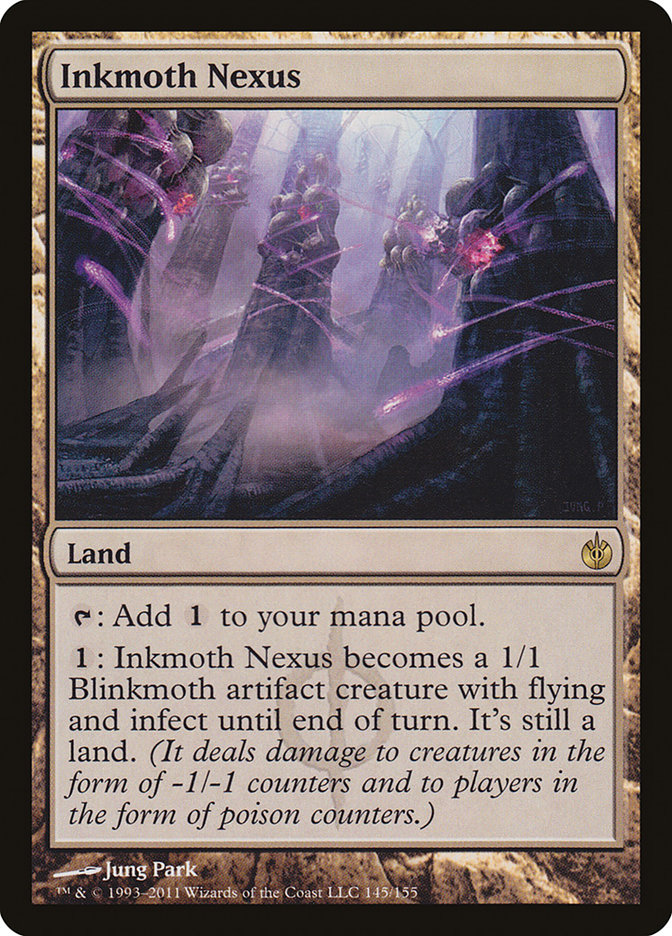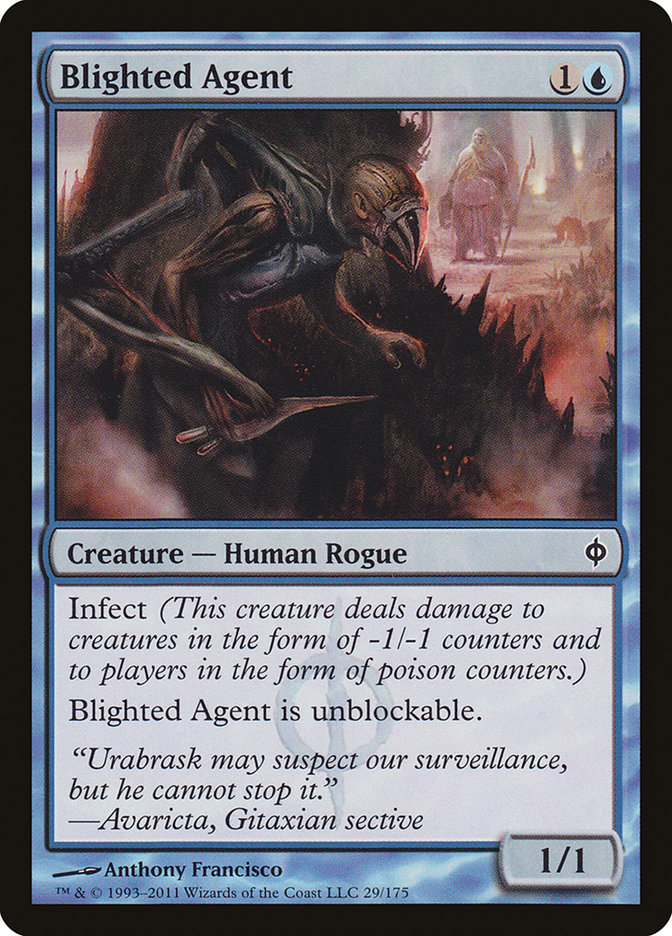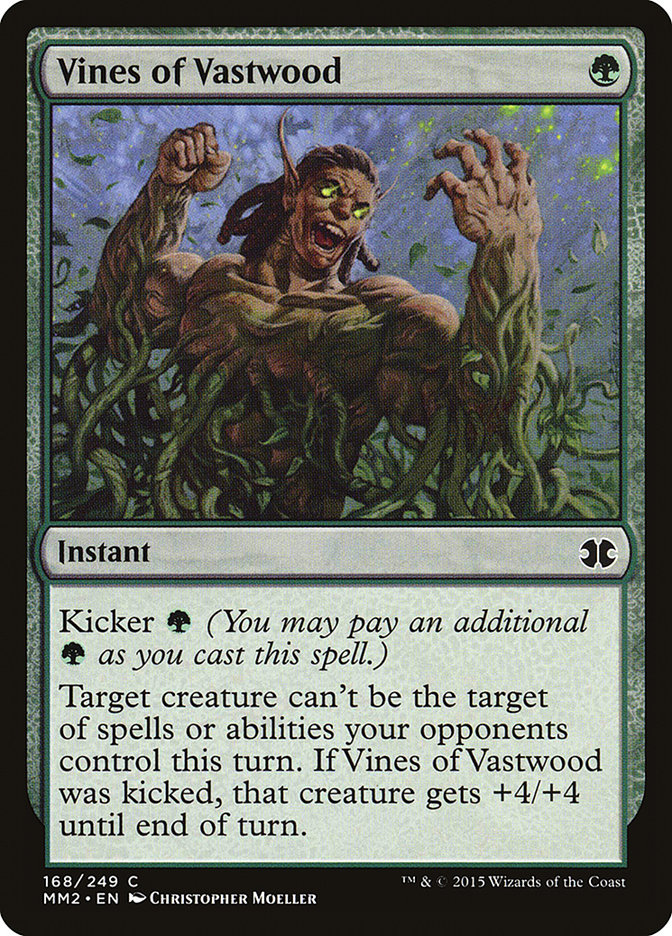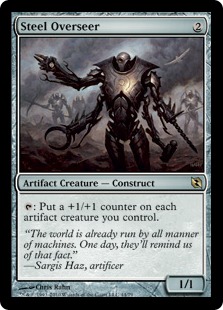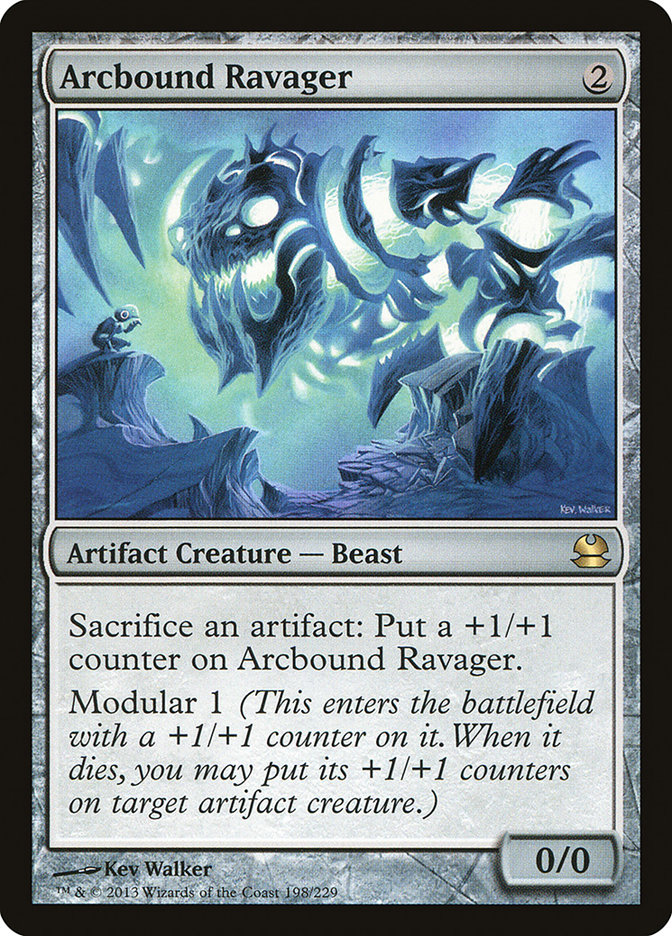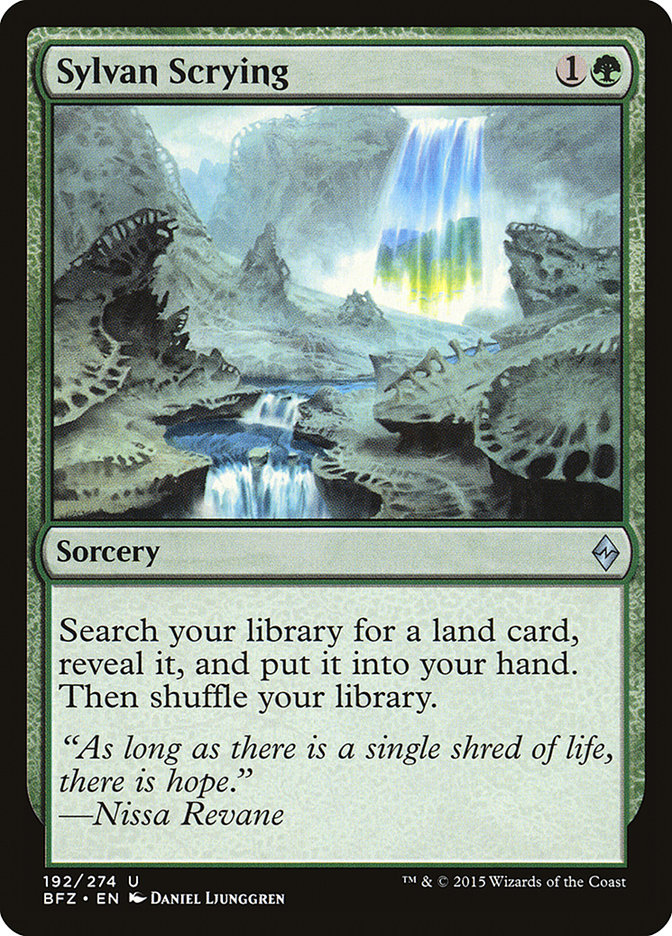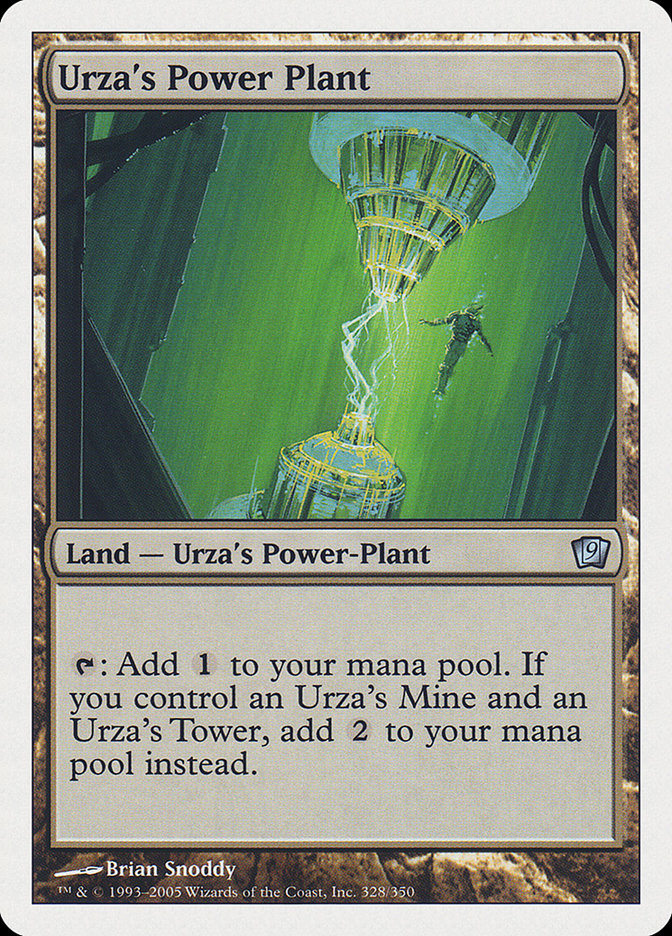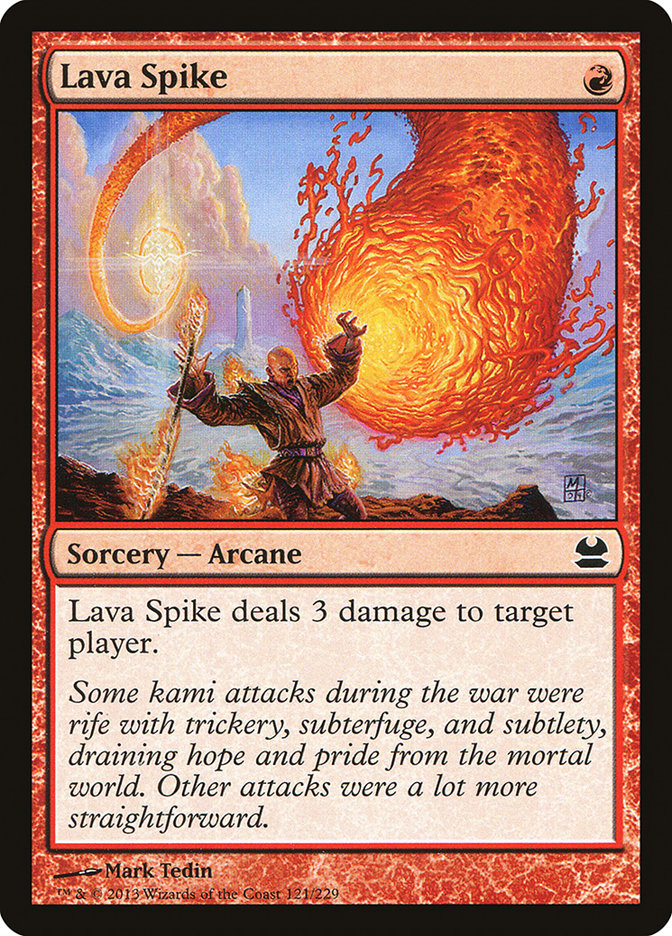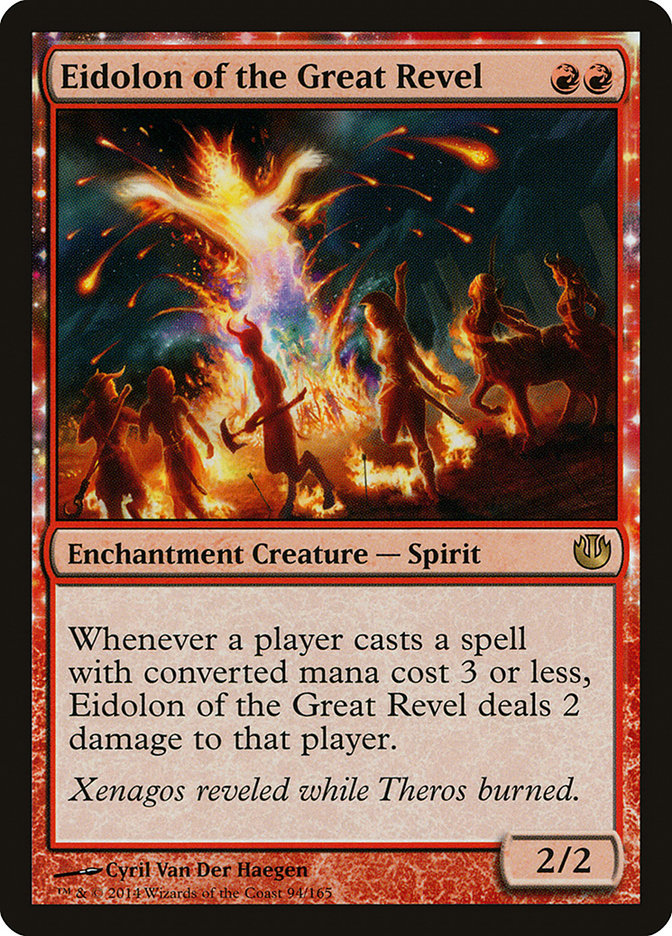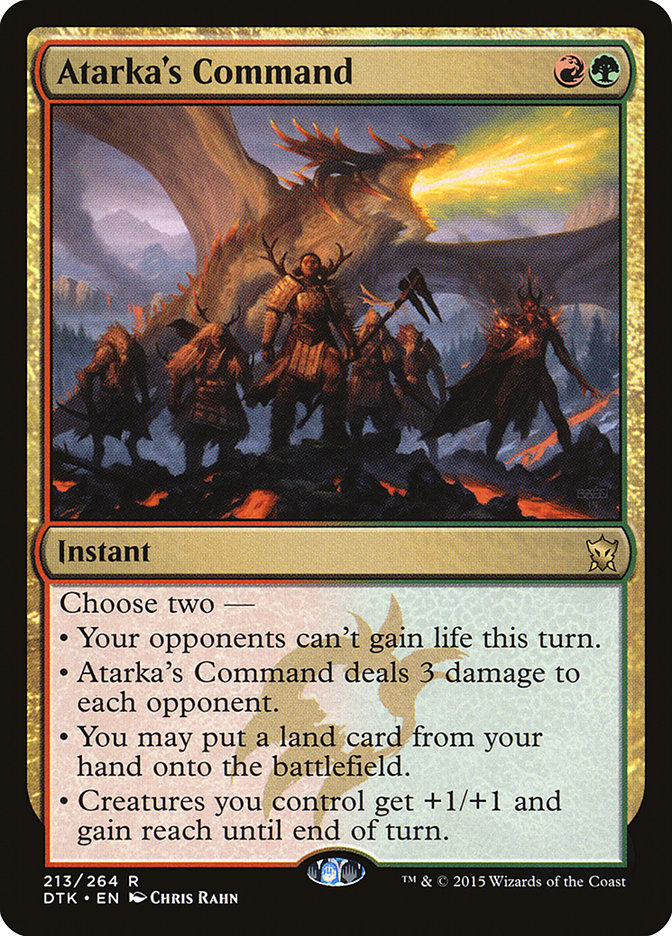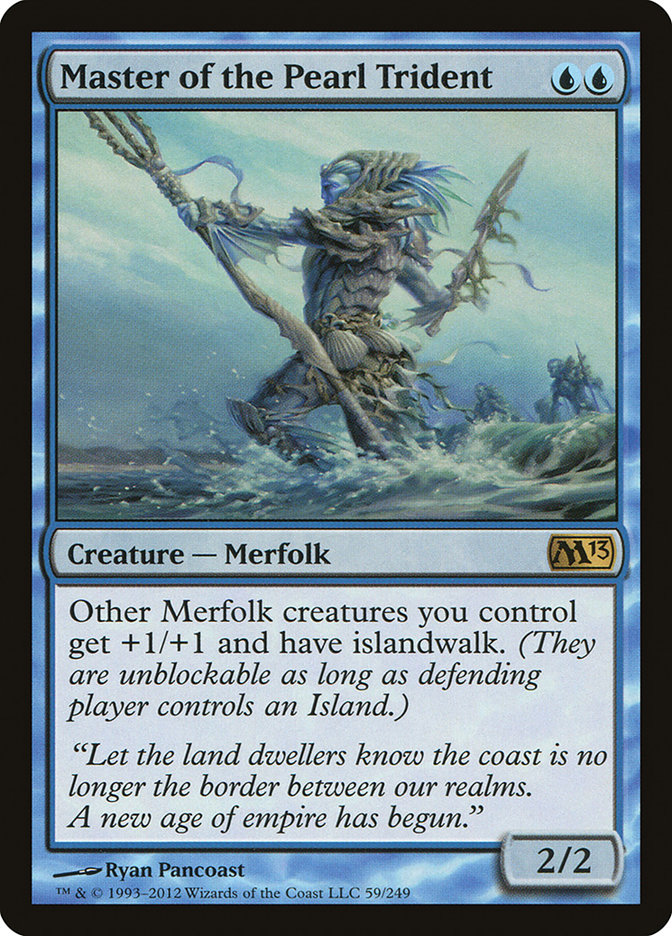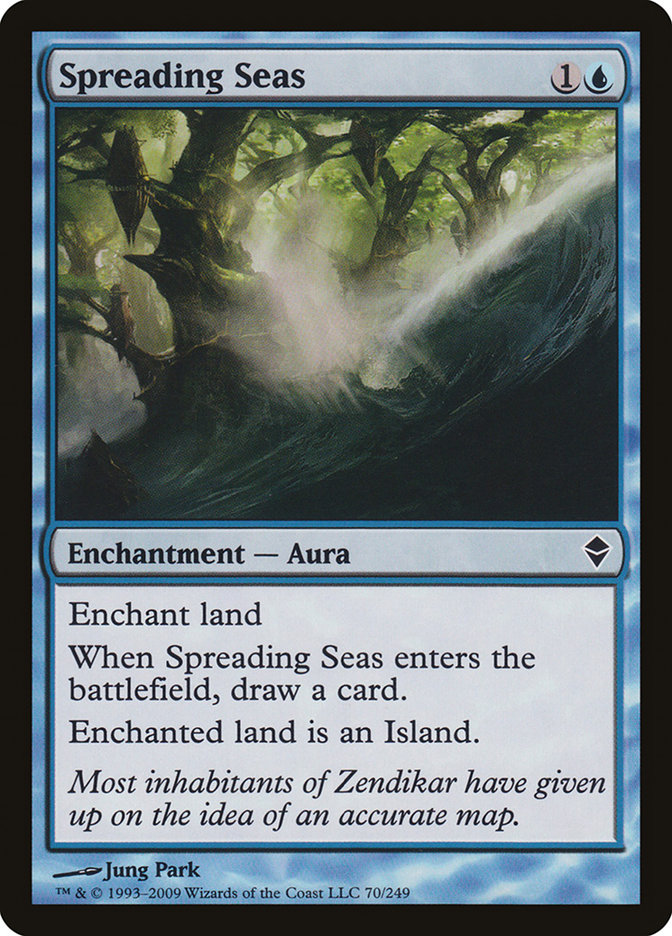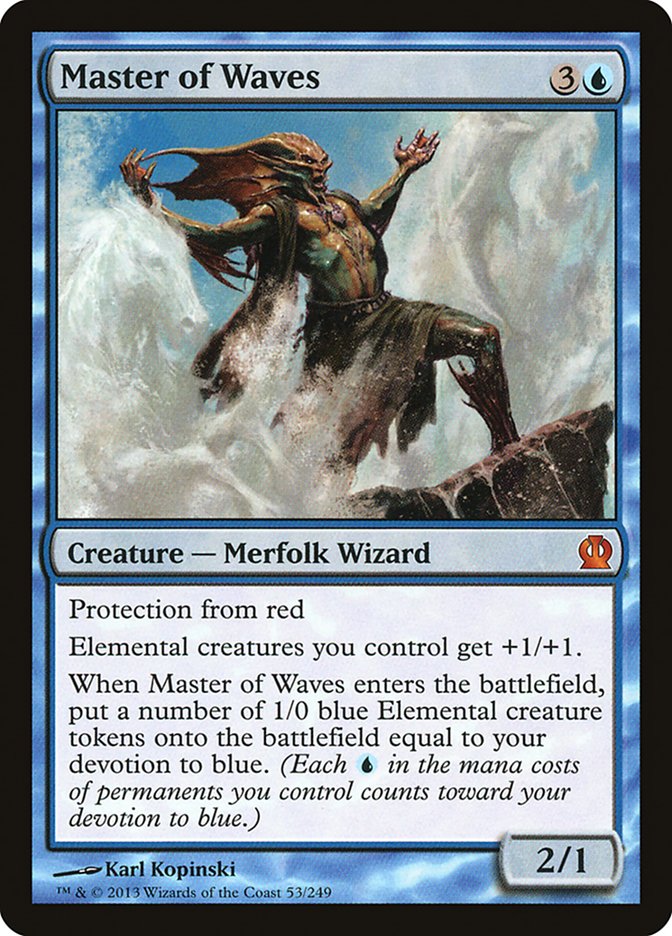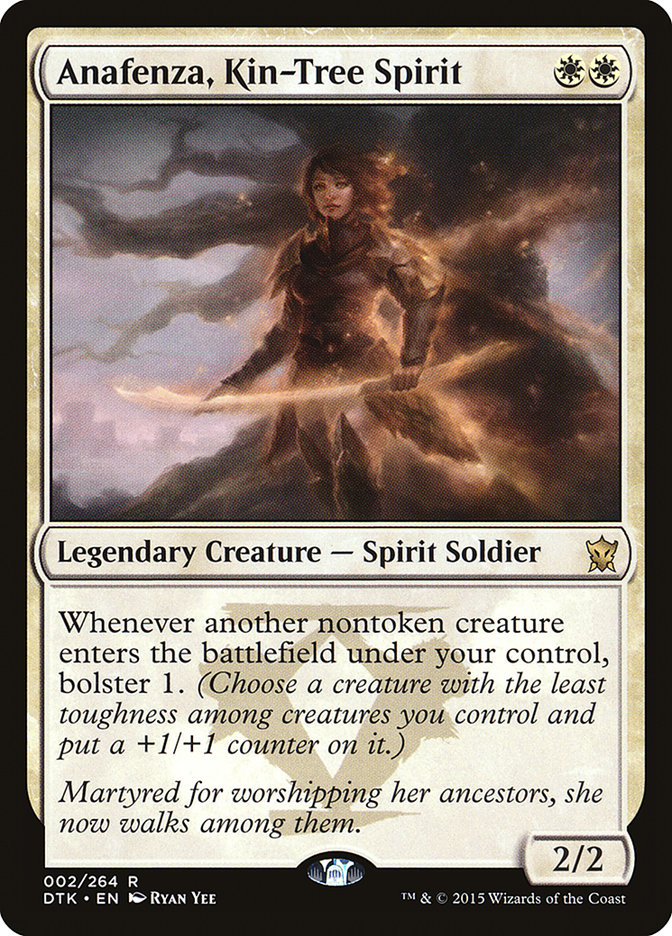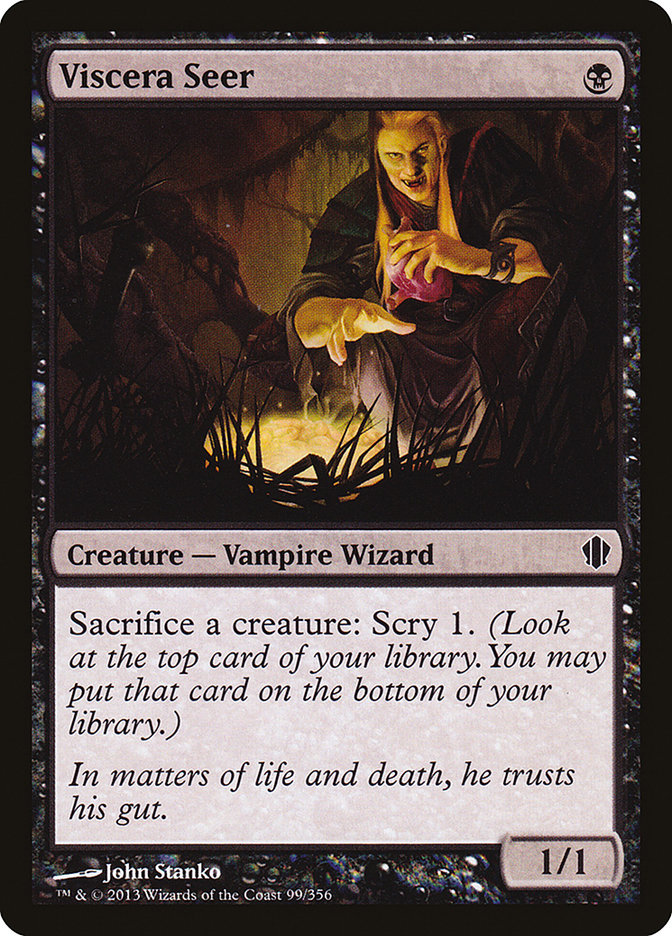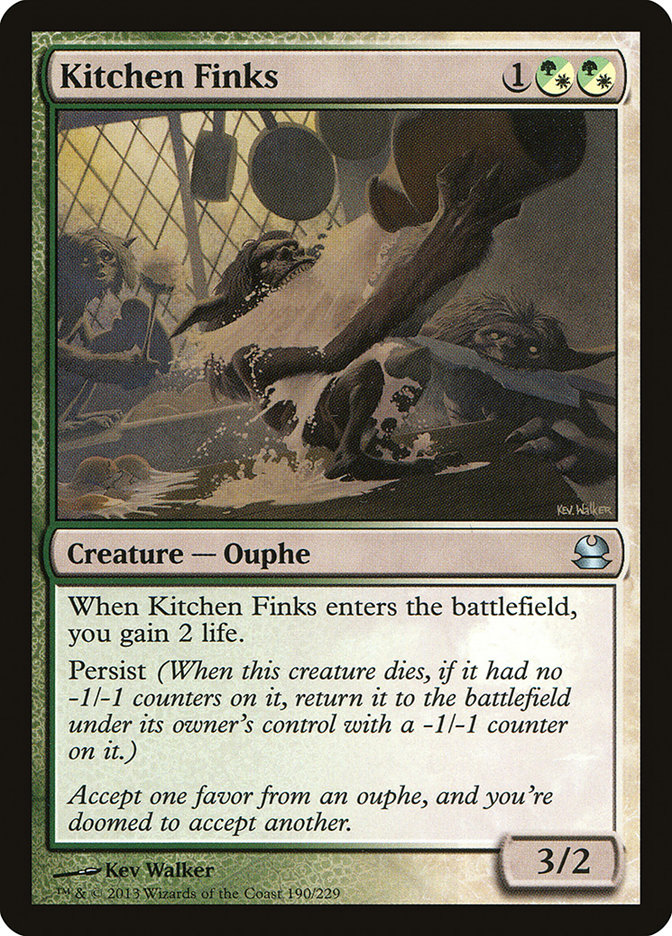August will be full of big Modern events, so it’s a great time to get acquainted with the format! If you’ve qualified for the #SCGINVI in New Jersey but you aren’t familiar with Modern, it’s time to learn the format. Day 1 and Day 2 each have four Swiss rounds of Modern, and the Top 8 is Modern as well.
Even if you haven’t qualified for the Invitational, the Opens at #SCGNY and the #SCGINVI are Modern, and a great way to experience the format. On the Wizards circuit, #GPLille, #GPIndy, and #GPGZ are bringing Modern around the world for a triple Modern Grand Prix weekend, and the Magic Online Championship Series Playoffs this month are Modern as well.
New Here? Need to Know What Modern Is?
Modern is a non-rotating Magic format where every primary set since Mirrodin is legal, but that’s not really doing it justice. Modern is a format with a huge number of wildly different competitive decks, a stable metagame that evolves without stagnating, and a high power level without being ridiculous. It has a ban list to keep the metagame interactive and balanced, without competitive decks that win consistently before turn 4.
And it’s a deck builder’s paradise, where you can power up old Standard decks or build entirely new archetypes. Modern is a wide-open format where Patrick Chapin thinks “the difference between the best deck in Modern and the 20th-best isn’t really that much.“
How to Succeed in Modern
Unlike Standard, where decks often come down to finding the best cards in the format and putting them together, Modern has too many years of great cards for them to fit into one deck. Modern decks are usually built around a single strategy or synergy, filled to the brim with powerful spells. Because the answers available in Modern are relatively narrow, while the threats vary wildly, you generally want to be doing something proactive. It’s usually easier to be the player asking questions instead of the one answering them.
Modern is also a format that rewards you for a deep knowledge of your deck, and of how it interacts with the metagame. Because so many diverse decks are competing at the same power level many matches come down to the choices you make, how you shift your priorities, and how you sequence your plays.
Sure, there are some lopsided matchups like Affinity vs. Merfolk and some “free wins” like Rest in Peace against Dredge, but you can’t prepare for everything. You’re better off spending your limited sideboard slots on two things: shoring up your weakest matchups with specific, targeted hate cards and general answers that hit a wide range of decks.
Before you jump into a Modern tournament, try to familiarize yourself with the decks you might face. Many people like to stratify the different archetypes into “tiers,” lists that represent how much representation a deck has in the metagame. If a deck is Tier 1, you should expect to face it in nearly any tournament of a large enough size. You should know what the deck’s plan is, be aware of what to play around, and know how you plan to beat it.
It’s recommended that you dedicate the most slots in your 75 to these decks, especially ones that are harder matchups for you. Today I’ll be covering the current Tier 1 decks as calculated by Modern Nexus, based on a combination of results from SCG Tour® events, Magic Online data, and other paper events.
Creatures (13)
Planeswalkers (4)
Lands (24)
Spells (19)

Jund is a midrange deck that uses discard and removal spells to stop the opponent and follows up with efficient creatures to finish the job. It gets incremental card advantage from cards like Kolaghan’s Command; Kalitas, Traitor of Ghet; and Dark Confidant while making great tempo plays like Lightning Bolt killing a two-mana spell or Inquisition of Kozilek taking the only on-curve threat the turn before it’s cast.
In order to fight Jund, you want to pack as many two-for-ones as possible. If you can draw more cards than the Jund player or force them to use multiple removal spells cleaning up tokens from a single card, you’ll be able to pull ahead. Planeswalkers, Lingering Souls, and Ancestral Vision are all great for this. Another axis is to attack their mana—as a greedy three-color deck, a Jund player’s day can get ruined by cards like Blood Moon and Spreading Seas.
Creatures (13)
Lands (20)
Spells (27)
- 4 Might of Old Krosa
- 1 Spell Pierce
- 4 Vines of Vastwood
- 1 Distortion Strike
- 2 Twisted Image
- 4 Mutagenic Growth
- 2 Apostle's Blessing
- 4 Gitaxian Probe
- 1 Dismember
- 4 Become Immense
Sideboard

Infect is an aggro-combo deck that gets to ignore all of the incidental lifegain in the Modern format. Because every threat has Infect, the deck only needs to deal ten damage to end the game. Evasive creatures like Inkmoth Nexus and Blighted Agent make blocking difficult, and counterspells and Apostle’s Blessing keep them safe. It can attack over multiple turns, using the exalted trigger from Noble Hierarch for extra free damage, or end the game in a flurry of Might of Old Krosa, Groundswell, and Become Immense.
Because Infect is a fairly linear strategy that requires a combination of creatures and pump spells to win, sufficient amounts of removal can make this matchup much easier. You might want to play your removal spells on your own turn, especially damage-based removal like Gut Shot and Lightning Bolt. Don’t give them the opportunity to undo your removal spell and get the pump benefit from cards like Vines of Vastwood. Specific hate cards can also be great against the deck, as cards like Melira, Sylvok Outcast and Night of Souls’ Betrayal are nearly unbeatable.
Creatures (28)
- 4 Arcbound Ravager
- 4 Ornithopter
- 2 Master of Etherium
- 4 Steel Overseer
- 3 Memnite
- 3 Etched Champion
- 4 Signal Pest
- 4 Vault Skirge
Lands (17)
Spells (15)

Affinity is an aggressive deck that uses artifact synergies and a plethora of cheap, evasive creatures to fill the battlefield and end the game quickly. Cranial Plating can turn even an Ornithopter into a lethal threat at instant speed, and Arcbound Ravager can grow any unblocked creature larger than you might have expected. Steel Overseer and Signal Pest also help the deck go wide, allowing for a more traditional payoff for the swarm strategy. Finally, the creature-lands increase resiliency to mass removal spells like Pyroclasm.
Affinity is relatively easy to sideboard against. Cards like Shatterstorm, Stony Silence, Creeping Corrosion, and Kataki, War’s Wage can easily mean game over for the deck. But those cards are usually too conditional to include in maindecks. Because of this, the Affinity deck hopes to win every Game 1 and steal one of the post-sideboard games. If you don’t feel like packing dedicated hate in your sideboard, you can instead bring individual removal spells like Kolaghan’s Command, Ancient Grudge, and Abrupt Decay and hope for the best. Because Affinity has so many flying and one-toughness creatures, cards like Lingering Souls can also buy you plenty of time.
Creatures (6)
Planeswalkers (4)
Lands (23)
Spells (27)

Jeskai Control is a classic control deck, full of the best removal in the format and a suite of counterspells to control the early-game with sweepers to clean up later. Nahiri, the Harbinger is a new addition to the deck, offering card selection, removal, and a way to finish the game all in one on a planeswalker that often comes down and goes right to six loyalty. Celestial Colonnade as an alternative win condition means this deck doesn’t have to compromise its density of answers to include finishers that would otherwise be awkward draws in the early game. With Serum Visions, Snapcaster Mage, and Ancestral Vision this deck is also capable of getting significant card advantage and finding its sideboard bullets.
If you can get out of the gates quickly enough, you can often run over the Jeskai Control deck before its Ancestral Vision comes off suspend or before it forces you to play the planeswalker sub-game. If you pack lots of one- and two-mana threats that can trade even on tempo for Lightning Bolt and Mana Leak, you can avoid falling too far behind. Or, if you want to go into the late-game, consider including cards with built-in protection like Thrun, the Last Troll or Kira, Great Glass-Spinner. Finally, Jeskai Control can often have a hard time dealing with resolved planeswalkers, requiring multiple burn spells to finish them off.
Creatures (8)
Planeswalkers (6)
Lands (19)
Spells (27)
- 4 Lightning Bolt
- 3 Oblivion Stone
- 4 Sylvan Scrying
- 4 Chromatic Sphere
- 4 Chromatic Star
- 4 Expedition Map
- 4 Ancient Stirrings
Sideboard

R/G Tron is an interesting deck to classify. It’s a ramp deck, but instead of using the usual Rampant Growth-style spells to get extra lands onto the battlefield, it uses tutors to assemble the combo of Urza’s Tower, Urza’s Mine, and Urza’s Power Plant. As early as turn 3, it can cast huge haymakers like Karn Liberated, Wurmcoil Engine, and World Breaker. Sweepers help control the battlefield against aggressive decks, and Chromatic Star and Chromatic Sphere cycle through the deck while fixing colors for its tutor and removal spells.
Because R/G Tron relies on searching for a specific combination of lands, this is the easiest axis of attack. Blood Moon can buy you a few turns, though it’s not a hard lock since so many of the deck’s threats can be cast with any color of mana. Ghost Quarter and Fulminator Mage can disrupt the manabase, and a resolved Crumble to Dust can be unsurmountable. But make sure you’re pressuring the R/G Tron player while disrupting their plan, as they have the best topdecks in the format. Stony Silence is also effective, as it can shut off an Expedition Map on the play and eliminate their Star and Sphere re-draws.
Creatures (14)
Lands (20)
Spells (26)

Burn is an aggressive deck that takes advantage of the fact that many Modern decks use their life total freely as a resource. With efficient creatures like Goblin Guide and Monastery Swiftspear backed up by direct damage spells, Burn often tries to ignore the opponent’s plan and race to a quick victory. Burn usually includes green for Atarka’s Command and Destructive Revelry in the sideboard and often chooses white as a third color for Boros Charm and Wild Nacatl.
Incidental lifegain is the easiest way to combat Burn. Kitchen Finks, Thragtusk, and Lightning Helix can slow their clock and give you the padding you need to end the game on your own terms. Watch your sequencing, though, as Atarka’s Command and Skullcrack can put a damper on that plan. Try to have enough basic lands in your deck that you can fetch for them in the early-game instead of taking the extra damage from your shocklands. If you’ve got the sideboard space, Leyline of Sanctity can shut off half the cards in their deck, leaving them on a creature-based aggro plan; without the burn spells to back it up, it plays like a bad Zoo deck.
Creatures (27)
- 2 Kira, Great Glass-Spinner
- 4 Lord of Atlantis
- 3 Merrow Reejerey
- 4 Silvergill Adept
- 4 Cursecatcher
- 4 Master of the Pearl Trident
- 2 Tidebinder Mage
- 4 Master of Waves
Lands (20)
Spells (13)
Sideboard

Merfolk is an aggro-control deck that fills the battlefield quickly thanks to Aether Vial while stopping opponents from playing normal Magic. Spreading Seas attacks your manabase. Small quantities of counterspells and removal keep sweepers, removal, and blockers from causing trouble. Islandwalk prevents you from interacting in combat. Cavern of Souls and Aether Vial make counterspells look pretty silly, and Mutavault, Master of Waves, and Kira, Great Glass-Spinner are resilient threats that avoid many types of removal spells in the format.
The easiest ways to defeat a Merfolk deck are to be much quicker or to keep the battlefield clear of threats. Merfolk struggles against the fastest decks in the format, like Affinity, because it doesn’t have nearly enough removal. And if you prevent its swarm strategy from coming online, the deck can look like a bunch of blue Grizzly Bears. Wrath effects are great, especially Supreme Verdict. If you have targeted discard, prioritize taking Silvergill Adept and Spreading Seas, their only sources of card advantage. And if Chalice of the Void would destroy your deck post-sideboard, bring in artifact removal at a different mana cost from the rest of your deck.
Creatures (30)
- 4 Birds of Paradise
- 1 Spike Feeder
- 2 Eternal Witness
- 2 Wall of Roots
- 4 Kitchen Finks
- 1 Murderous Redcap
- 2 Noble Hierarch
- 1 Qasali Pridemage
- 3 Viscera Seer
- 1 Spellskite
- 2 Melira, Sylvok Outcast
- 1 Fiend Hunter
- 2 Voice of Resurgence
- 1 Archangel of Thune
- 1 Eidolon of Rhetoric
- 2 Anafenza, Kin-Tree Spirit
Lands (22)
Spells (8)

Abzan Company is the premier combo deck in Modern’s top tier with a midrange beatdown plan available as a backup and a toolbox of tutorable creature-based answers from the sideboard. The combination of either Melira, Sylvok Outcast or Anafenza, Kin-Tree Spirit with Viscera Seer and Kitchen Finks leads to and arbitrarily large life total and the ability to scry to Murderous Redcap to turn it into as much damage as needed. The Archangel of Thune / Spike Feeder arbitrarily large life combo is also sometimes included. Collected Company leads to card advantage while searching for combo pieces, and Chord of Calling is a powerful tutor. Finally, Gavony Township can turn the hodgepodge list of creatures into a formidable army if the game goes long.
Graveyard hate is great against the Abzan Company deck because it stops the infinite combo while turning off a lot of the value from cards like Kitchen Finks and Eternal Witness. If you’re relying on removal spells to stop the Kitchen Finks combo, be sure you time them right, or else they might just combo with your removal spell on the stack. When Kitchen Finks is in the graveyard and its persist trigger is on the stack, kill either of the other creatures.
Wrath effects can be good for combating the creature plan while simultaneously making Chord of Calling harder to cast. Exile effects like Path to Exile and Anger of the Gods are also great at keeping down Voice of Resurgence and Kitchen Finks.
Get Your Modern On!
Hopefully this guide will serve you well as you dip your toes into the Modern format. If you’re looking to pick up a new deck, any of the Tier 1 choices will serve you well. If you want something a little off the beaten path, check out some of the Modern articles here on StarCityGames.com. Or, if you consider yourself a deck builder, there are thirteen years of cards at your disposal. Have fun exploring this wonderful format, and as always: happy gaming!





